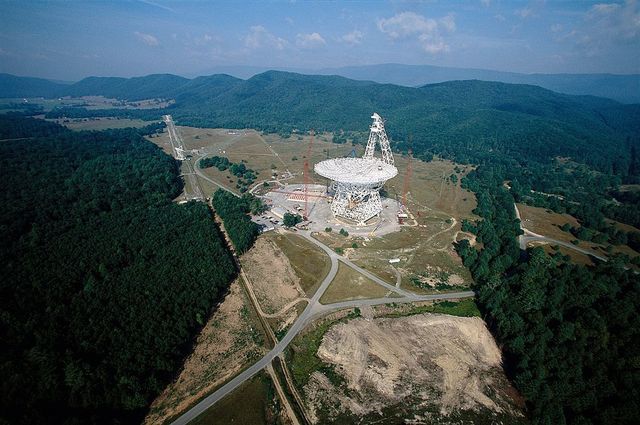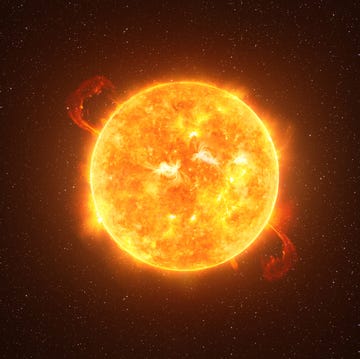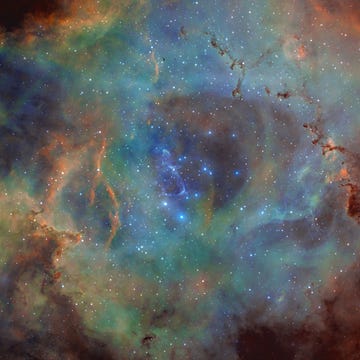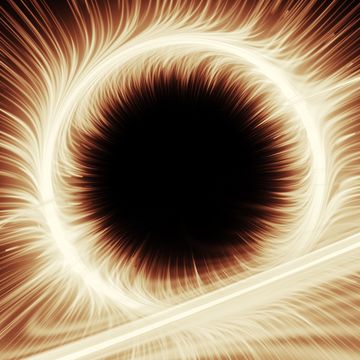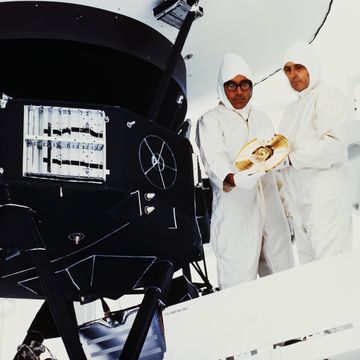Tabby's Star, scientifically known as KIC 8462852, has become a point of great intrigue in the ongoing search for extraterrestrial life following wild-sounding ideas that an "alien megastructure" could be there. Now UC Berkeley's Breakthrough Listen program is doing to explore that mystery more deeply than ever, thanks to funding by Russian billionaire investor Yuri Milner.
Tabby's Star has captured the scientific community's attention because of its oddly varying luminosity, which occasionally dips by 20 percent. The flickering gave rise to theories of an "alien superstructure," possibly a Dyson sphere being used to capture the star's energy. While that's the most outlandish theory, there are also several more that attempt to explain what's happening at Tabby's Star, including the idea that it's brightness is being blocked by the debris of a destroyed planet. No one can offer up anything absolutely conclusive, so Milner and Breakthrough Listen plan to take another look.
Milner rose to fame in Russia by creating a series of knockoff websites of popular Western services like eBay, Amazon, and GeoCities. In 2009 he invested in Facebook, and the Breakthrough Foundation is partially funded by Mark Zuckerberg and Google's Sergey Brin.
As far as the Berkeley connection is concerned, "The Breakthrough Listen program has the most powerful SETI equipment on the planet, and access to the largest telescopes on the planet," says Andrew Siemion, director of the Berkeley SETI Research Center and co-director of Breakthrough Listen in a press release. "We can look at it with greater sensitivity and for a wider range of signal types than any other experiment in the world. "
There have been other attempt to look for extraterrestrial life around Tabby's Star, all of which have come up empty. Other instruments that could take a closer look are forthcoming, most notably NASA's James Webb Space Telescope in 2018. But Breakthrough and Berkeley are starting now, with observations scheduled for eight hours per night for three nights over the next two months, starting tonight, October 26. They are also using the largest radio telescope on the planet, the Green Bank in West Virginia, so they figure they stand as much a chance as anybody in making the breakthrough.
"I don't think it's very likely – a one in a billion chance or something like that – but nevertheless, we're going to check it out," says Dan Werthimer, chief scientist at Berkeley SETI. "But I think that ET, if it's ever discovered, it might be something like that. It'll be some bizarre thing that somebody finds by accident … that nobody expected, and then we look more carefully and we say, 'Hey, that's a civilization.'"
Source: Berkeley, Breakthrough
David Grossman is a staff writer for PopularMechanics.com. He's previously written for The Verge, Rolling Stone, The New Republic and several other publications. He's based out of Brooklyn.
